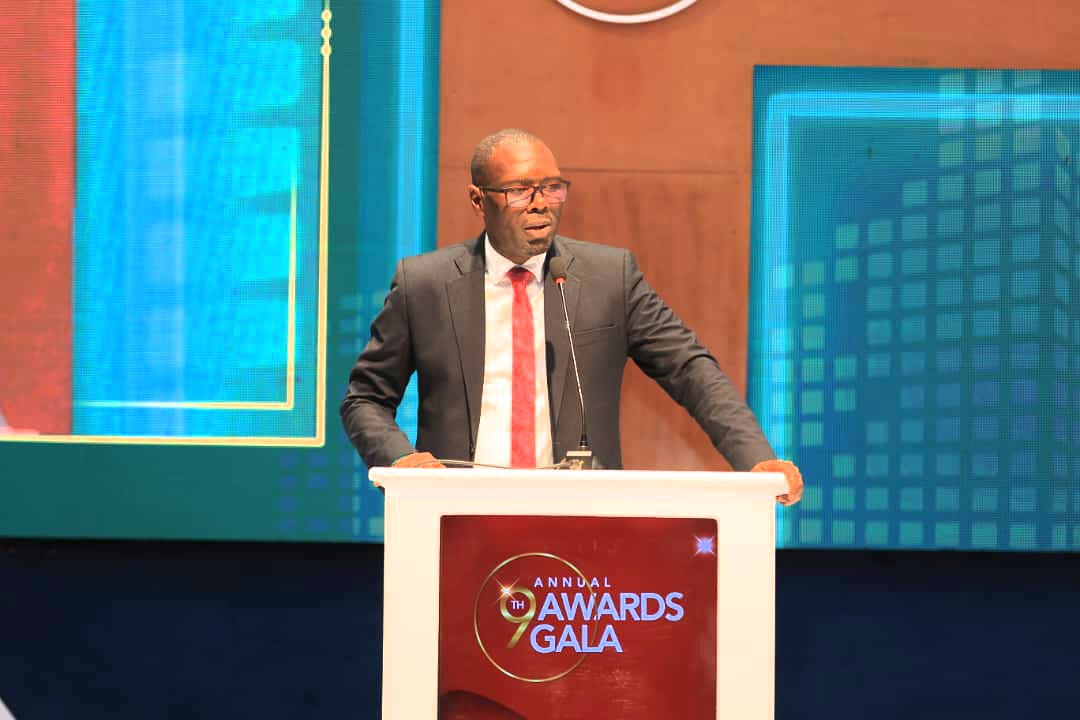Despite inflation reaching a 13-month high in July, and core CPI accelerating for four months in a row, the Bank of Uganda cut its benchmark interest rate, the first easing since March when borrowing costs were raised in response to the sharp depreciation of the shilling.

The Bank of Uganda said its round of tightening earlier this year and the stabilisation of the shilling had brought inflation under control
The central bank on Wednesday cut its policy rate by 25 basis points to 10 per cent, after raising it by a similar margin in April and by 50 basis points in its emergency March meeting. The rediscount rate and the bank rate were reduced to 13 per cent and 14 per cent, respectively.
In a statement released alongside its decision, the bank’s Monetary Policy Committee acknowledged the “slight” rise in consumer prices last month and said it expected “inflation to continue rising moderately” this year due to seasonal factors. However, it is expected to “stabilise around the target of 5 per cent by the first quarter of 2025” and to average below the target in FY 2024/25. In June, the MPC said it expected inflation to average between 5 per cent and 5.4 per cent over the next year, before settling around 5 per cent in the second half of 2025.
The BoU credited its tightening round earlier this year and the stabilisation of the exchange rate since March — partly due to a rise in global coffee prices — as well as the fading impact of external shocks such as the war in Ukraine and Covid-19, for bringing inflation under control in the 12 months to July.
“Looking forward, the Bank of Uganda expects inflation to be below the 5 per cent target in FY 2024/25, broadly reflecting stable demand conditions, lower imported inflation, and exchange rate stability,” the MPC statement said.
The bank left its forecasts for economic growth unchanged. It predicted that GDP would grow between 6 per cent and 6.5 per cent in the current financial year, before accelerating to over 7 per cent in the medium term.













Leave a Reply